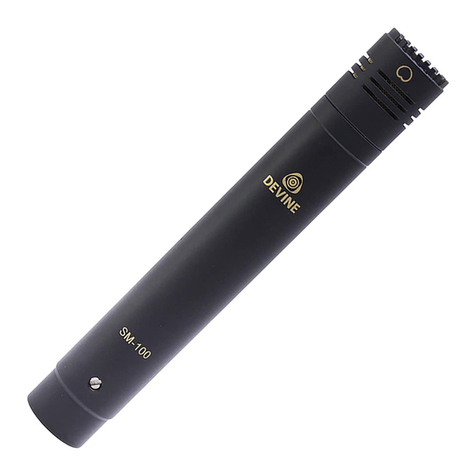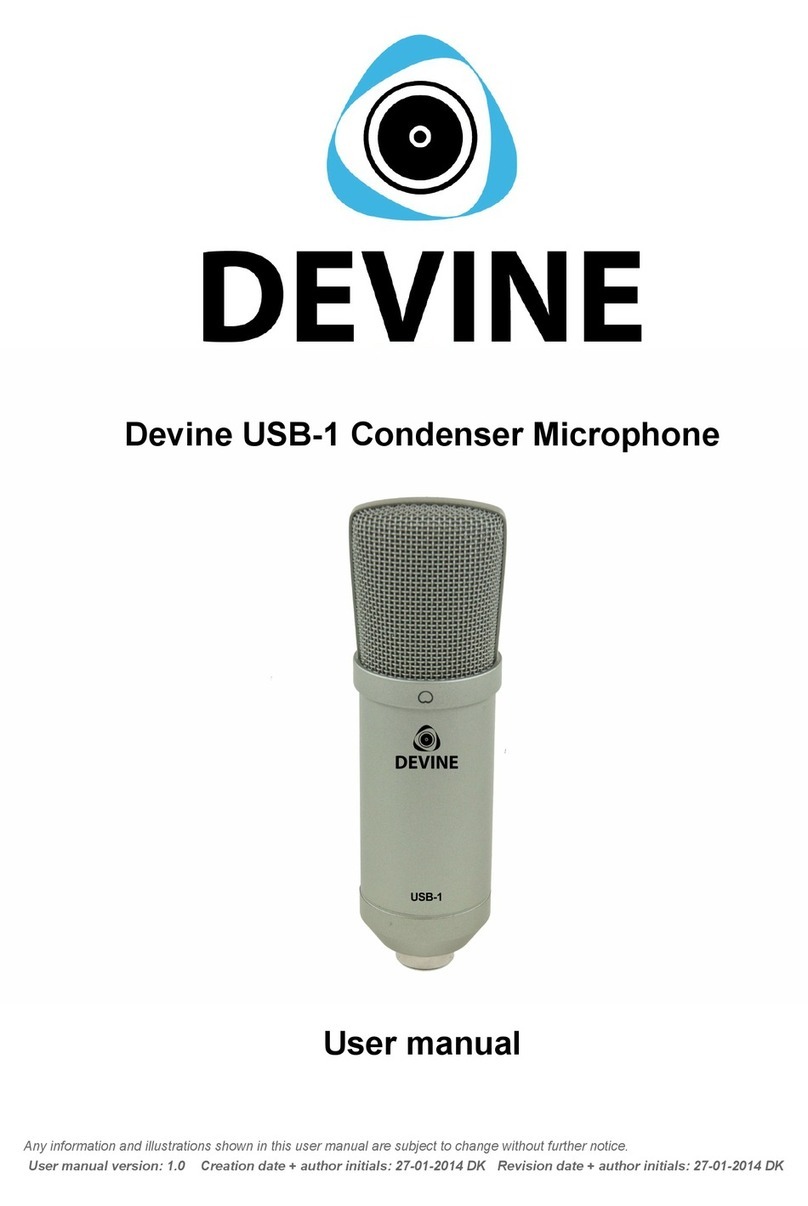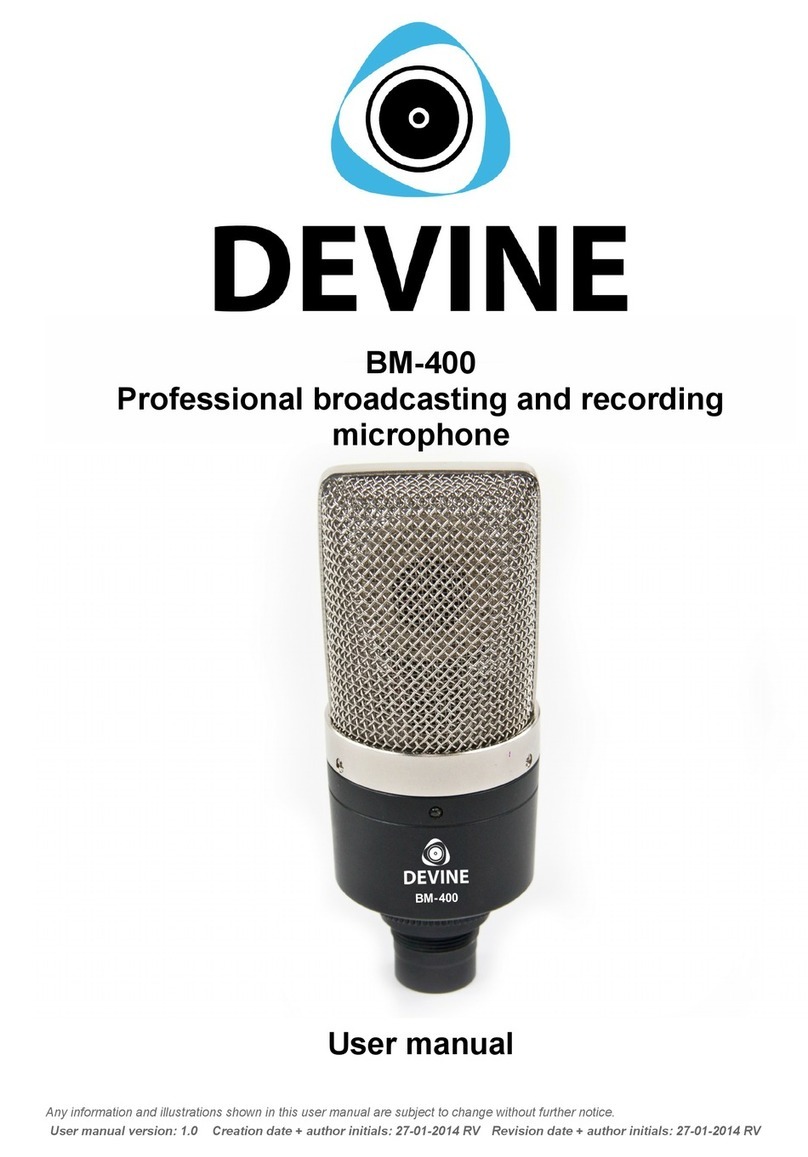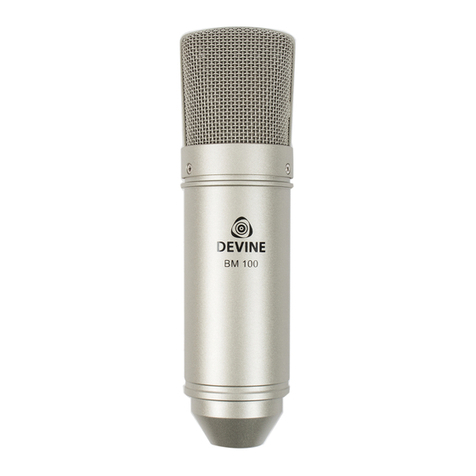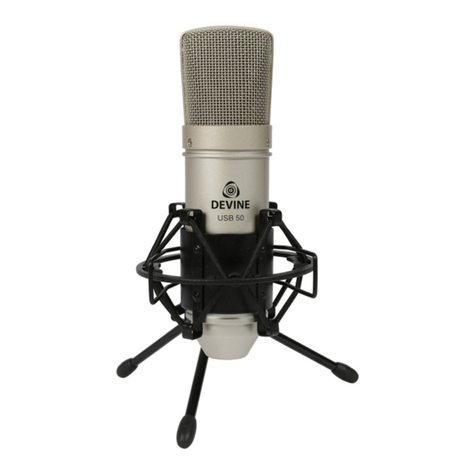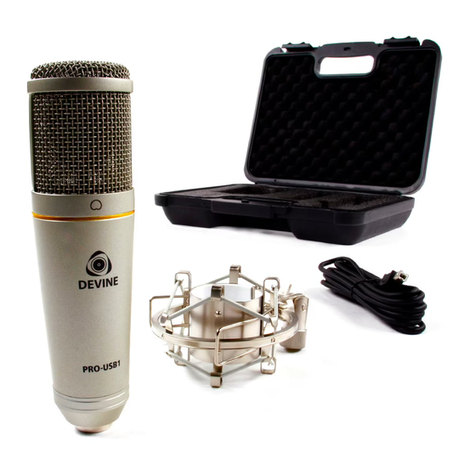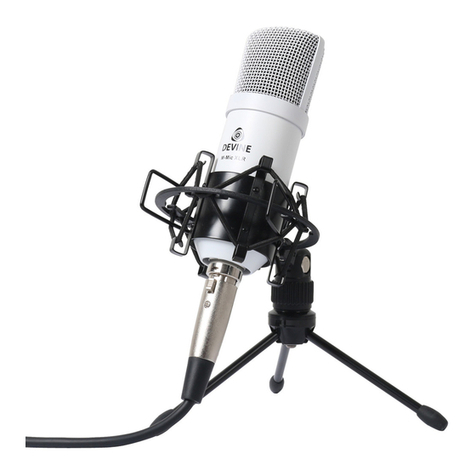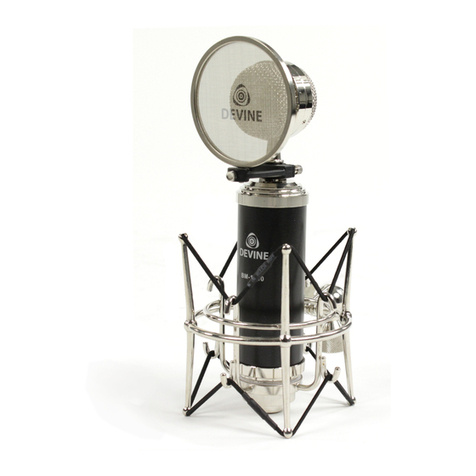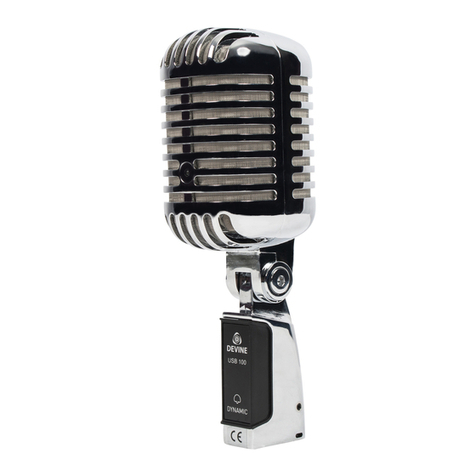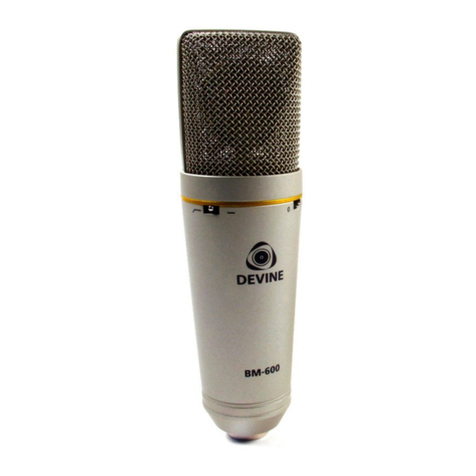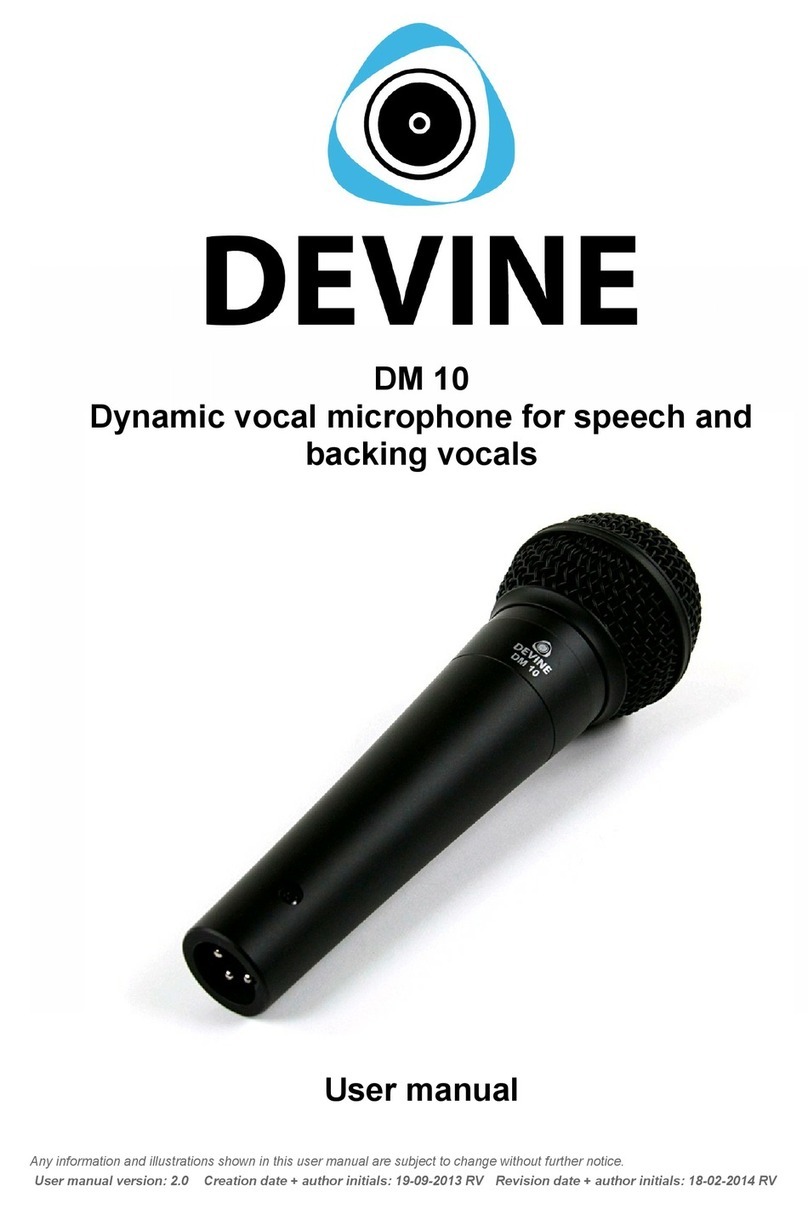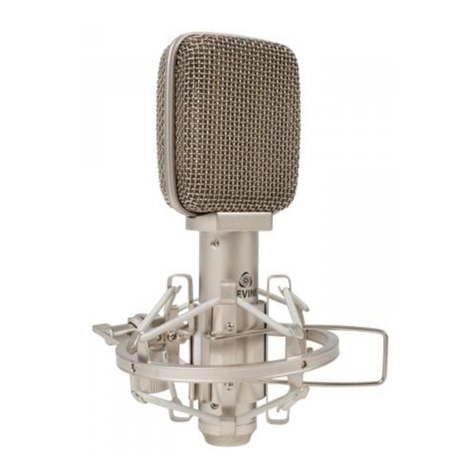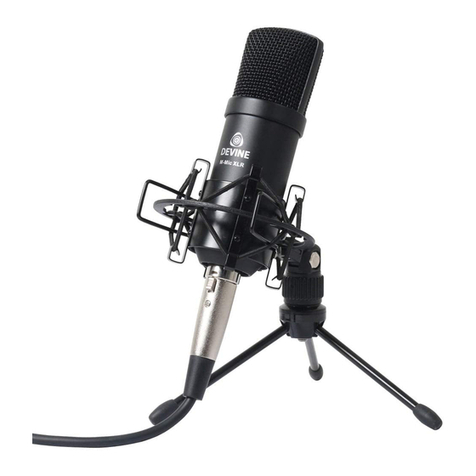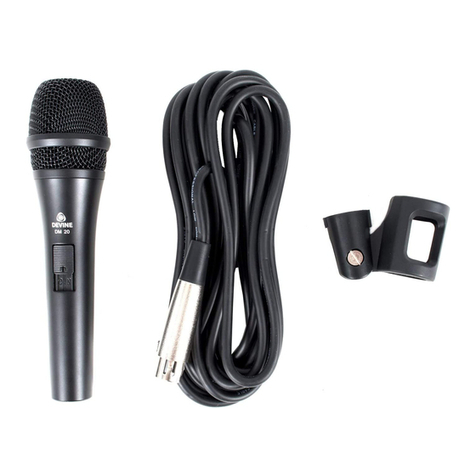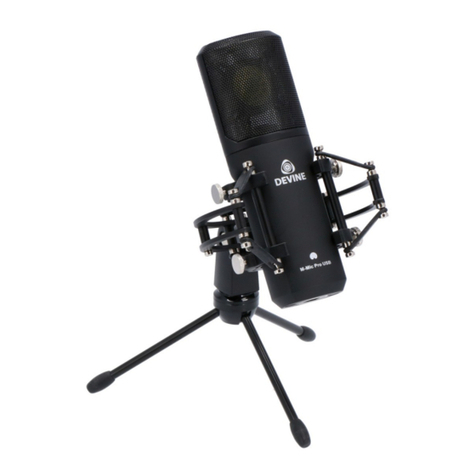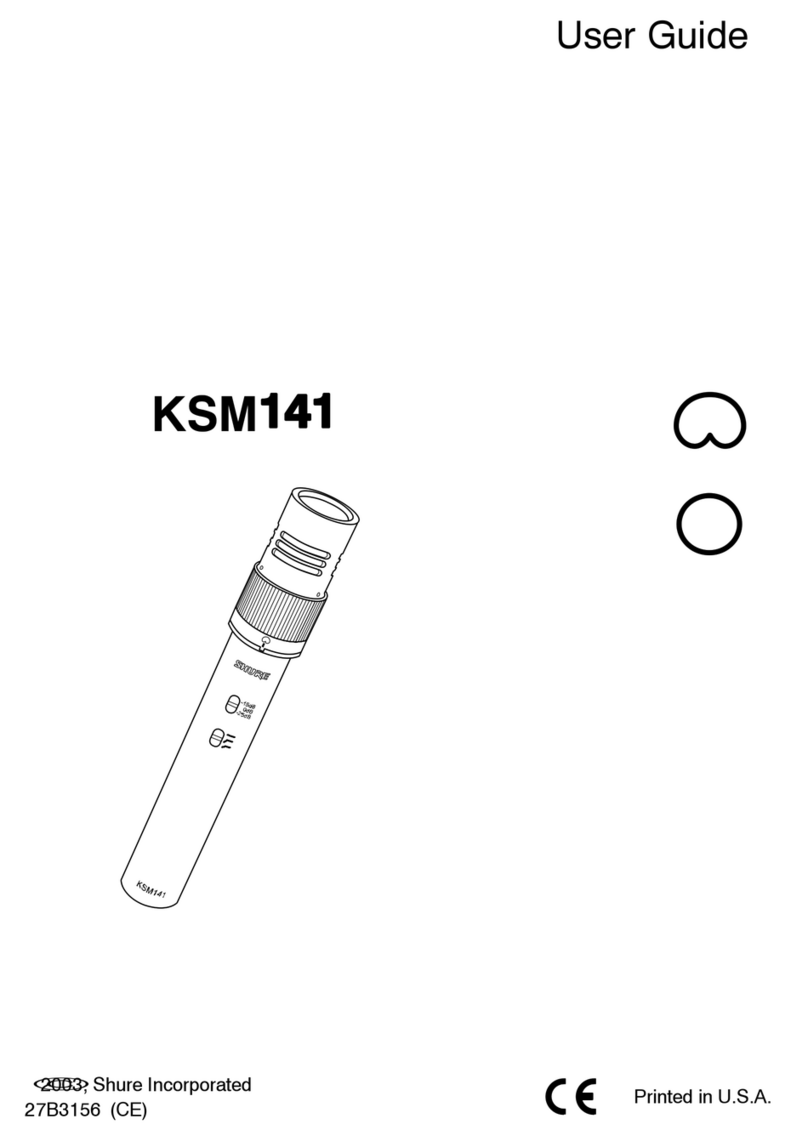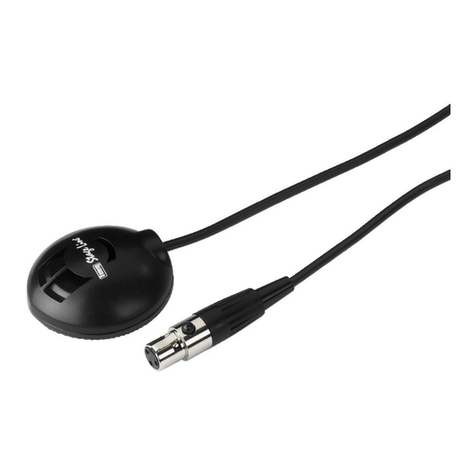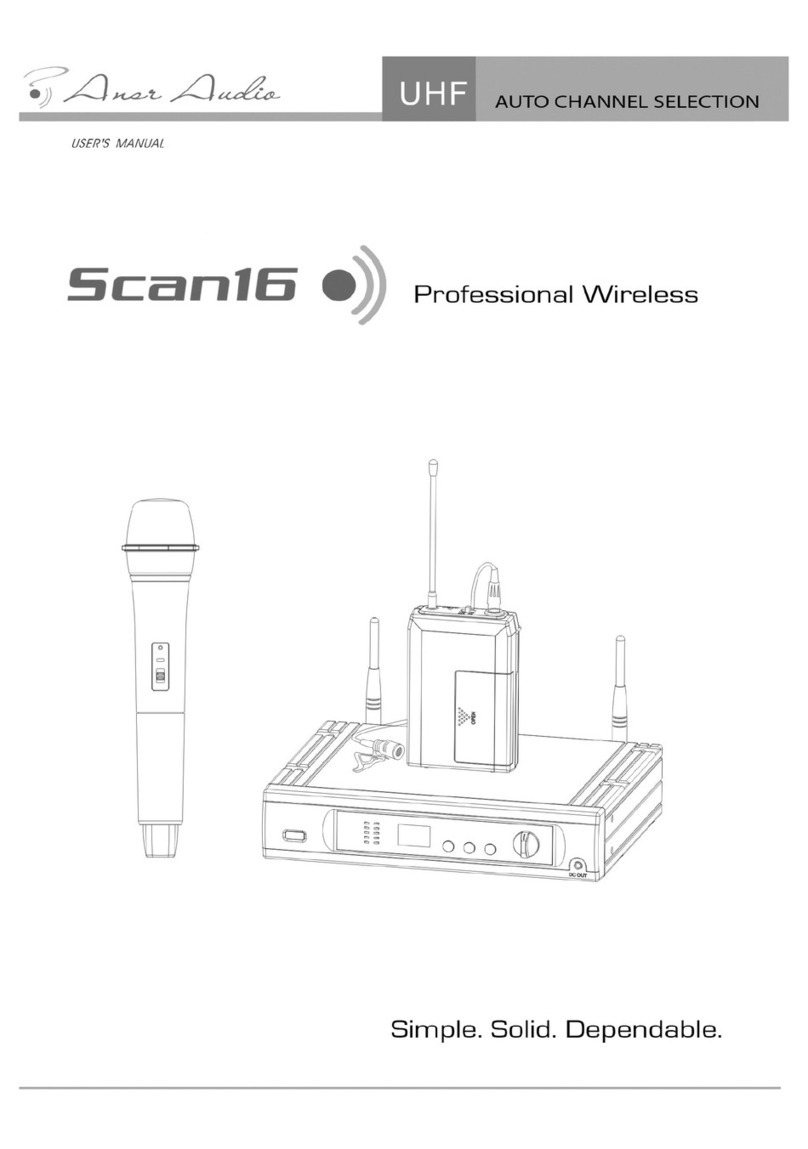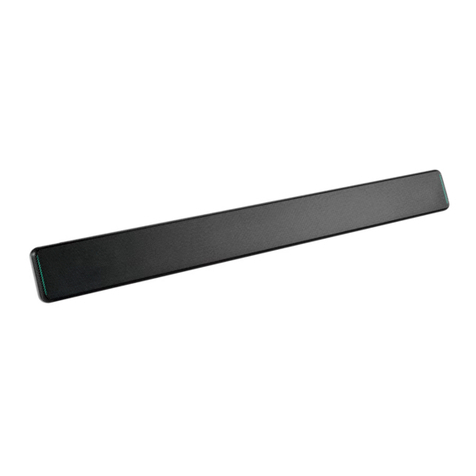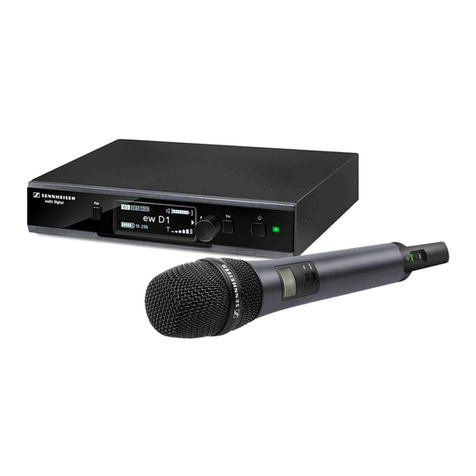Guidelines and operation of this de ice:
- This device is intended for indoor use by adults.
- This device is not suitable for use by children and should always be operated by an adult.
- This device may only be used in a suitable environment where no damage to the device
can occur. Do not use the device in moist or dusty environments such as:
- indoor swimming pools where chlorine is used
- beaches or any location where sand and/or salt is present
- outdoors
- indoors in spaces where intense heat sources are present, or where it can reach
temperature levels that would be considered uncomfortable for a person
- Avoid impact and collisions during use and transport. Do not move or transport the device
while it is in use. Avoid using excessive force when installing and operating the device.
- Any user must become familiar with the functions of this device before using it.
- Should the device not be used in the manner described in this user manual, damages or
even injuries could occur. Devine cannot be held responsible for any injuries or damages
that occur as a result of improper use of this product.
Storage and transport:
- This product was designed for static use. Please only transport the device in the original
packaging, or in a flight case with a suitable foam inlay.
- This device was not designed for permanent (24/7) use. The expected lifespan of the
device will not be affected by occasionally turning the device off. Disconnect the device or
turn off the power when it is not actively in use.
- If the device is not in use for a long period of time, it should be disconnected and stored in
a dust-free environment.
- Do not expose the device to extreme temperature differences.
Housing:
- Inspect the device's housing fre uently and always just before use. Avoid operating the
device if there are any large dents or cracks, or if screws are missing. Do not use the device
if the housing is not in good condition.
Contact your dealer or a ualified technician if you are unsure about the state of the device.
- Check the device and the screws for corrosion. Corrosion must not be present on this
device. Contact your dealer or a ualified technician if you find any corrosion on the screws.
Every power and signal connector should be securely attached. Do not use the device if the
connectors are not secure.
- Avoid dust and dirt build-up. Clean the device once a month by disconnecting it from the
power supply and wiping it down with a dry or slightly moist cloth. If the device is used
fre uently, the cleaning intervals should increase.
Symbol explanation:
The information included in this manual is subject to change at any time and without notice
Version:
1.0
Date and Author Initials: 30 04 2020 RV Revision Date and Author Initials:
